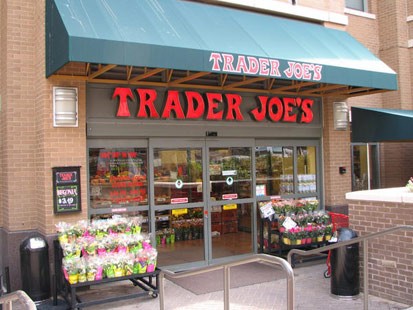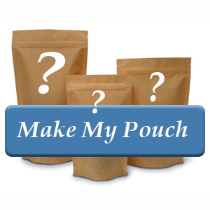Many companies using flexible retail packaging to protect their products are eager to get their goods in health food stores.
With more consumers embracing healthy lifestyles – and expecting companies to develop products that suit their particular dietary needs – natural-food markets and shops are prime real estate for today’s producers. Whole Foods and Trader Joe’s are two of the largest retail chains specializing in organic goods and filling aisles with products from companies in the health-food space. While Whole Foods achieves success with its large store spaces and sophisticated, upscale look, Trader Joe’s is making waves as the smaller, funkier, tiny-but-mighty alternative.

Many may wonder how Trader Joe’s has grown and achieved such success without using traditional advertising or marketing tactics.
Consumer behavior has changed over the last decade or so, and shoppers no longer want to be sold to. People go out and find the products they desire, and big brands have retooled their strategies to attract customers in new ways. Think about the store environment inside a Trader Joe’s – there are colorful, hand-drawn signs, wooden displays, and packaging with playful cartoon mascots and creative graphics. The store itself serves as a powerful marketing tool – it stands out from the crowd because of its small, local feel.
Trader Joe’s also uses its retail packaging as part of its overall branding strategy. Brands are defined these days not by their advertising, but by how well they deliver a standout customer experience. Specialty stores like this appeal to a niche audience, and Trader Joe’s even brands itself as “your neighborhood grocery store.” The chain works to maintain an intimate, friendly feel with its in-store signage, décor, and packaging.
While most supermarkets will carry 50,000 or so items on its shelves, Trader Joe’s only stocks about 4,000 – 80 percent of which boast the store name on its packaging.
Because the store sells such a large number of items under its own private label, other brands that wish to have their products in these locations need to align their packaging structure and design to be cohesive with Trader Joe’s overall marketing and image.
The store carries a large number of environmentally friendly items, so choosing packaging that isn’t harmful to the earth is essential. Fortunately, the flexible retail packaging industry is innovating at a rapid pace, and finding a supplier who provides eco-friendly pouches and bags is easier than ever before.
Trader Joe’s private-label products are also free of artificial colors, flavors, preservatives, trans fats, and MSG. This is information is important to today’s health-conscious consumer, and the store wisely focuses much of its branding on communicating the natural, organic quality of its goods. Packaging is an important tool for sending shoppers a message about your brand, your products, and the ingredients you use. Trader Joe’s is wise to focus its efforts on the look of its store and retail packaging rather than relying on traditional advertising methods that won’t reach or resonate with consumers today. Take a page from Trader Joe’s playbook for retail packaging design – make sure it shows your products in the best light, fits in with the retail location you are targeting, and best communicates your overall brand image.







